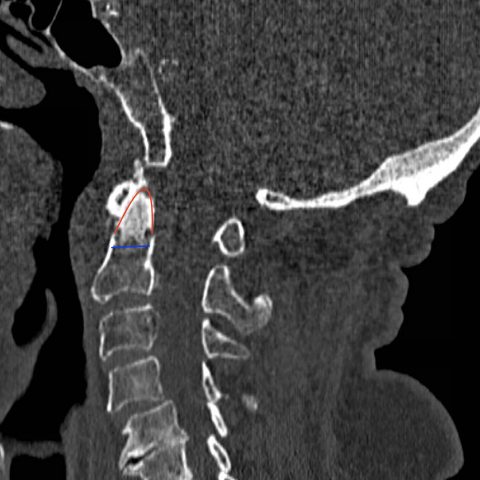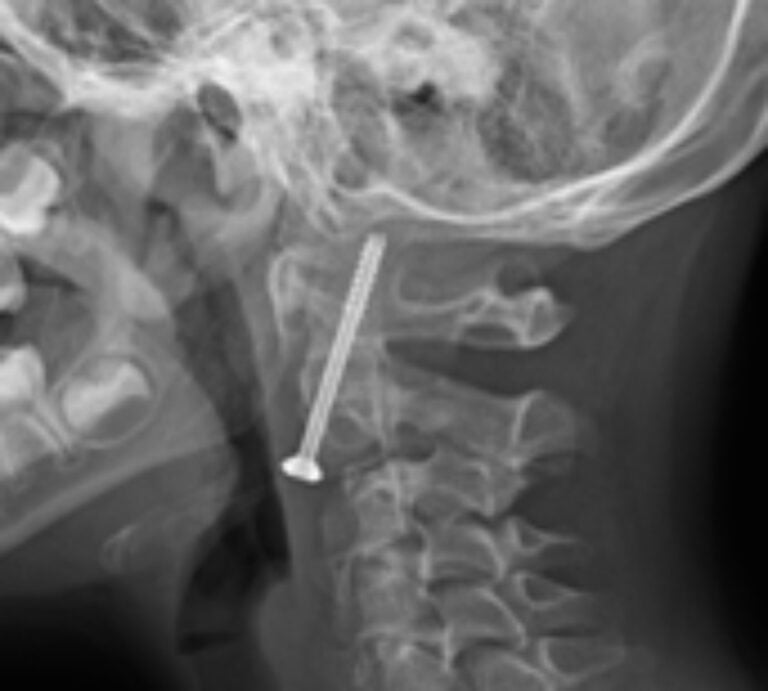

After 6 months, a near total union was observed in X-ray therefore, all screws and TENs were removed. Thereafter, the brace was discontinued and passive pendulum shoulder exercise commenced (Figs. A partial union (consolidation) was found on the X-ray unexpectedly, and considering the presence of comminution and fixation with elastic nails which is a non-rigid fixation, we continued the splint until the partial union was achieved and then removed it so that the patient could go through the recovery period with less discomfort.
PARTIAL ODONTOID FRACTURE FULL
Two months after the trauma, full elbow range of motion (ROM) was achieved. Splint was replaced with Sarmiento brace and the elbow movements were initiated. After 5 days, patient was discharged with necessary post-operative instructions after graft site healing assurance.Īfter 20 days while full healing of the donor and graft sites were achieved, the sutures and splint were removed.
PARTIAL ODONTOID FRACTURE SKIN
Following the confirmation of absence of any infection and growth of the granulation tissue, patient was readmitted for skin graft. The patient was discharged and advised to use a 10-day vacuum dressing.

The post-operative neurovascular tests were normal. Two titanium elastic nail (TEN) were inserted with rotational forces and anchored to the subchondral bone since the humeral head had a fracture. Afterwards, two small incisions were made over both epicondyles of humerus, and after awl insertion, fluoroscopic guided closed reduction of humerus was achieved by longitudinal traction, external rotation, and abduction. Through a deltopectoral approach, reduction of greater tubercle, anatomical neck and head-split component (about 20% of head) attained and were fixed by 3 screws. First, the wound was irrigated with low pressure pulsatile manner with more than 6 L of normal saline serum, followed by the debridement of the unviable tissues. Surgery was performed in semi-sitting position on the following day. To the best of our knowledge, no similar patient with such complex injuries has been described and treated with this approach in the literature, and the reported case and treatment approach in this study could help future cases and surgeons to achieve successful outcomes. In this study, we reported a patient with multifocal comminuted open fracture of humerus with severe soft tissue defect who was treated with and innovative approach using elastic medullary nailing and skin grafting to repair the humerus and soft tissue injury. Choosing the best treatment strategy for a multifocal comminuted open fracture of humerus associated with severe soft tissue defect and articular involvement is challenging, which could come up for every orthopedic surgeon specially for those working in trauma centers. Concomitance of severe soft tissue defect requiring soft tissue reconstruction with aforementioned injuries is scarce in literature. Coincidence of highly comminuted proximal and diaphyseal fracture makes these conditions even more complicated and challenging. In addition, head-split and anatomical neck humeral fractures are extremely rare. Ipsilateral multifocal humeral fracture is an infrequent injury.


 0 kommentar(er)
0 kommentar(er)
